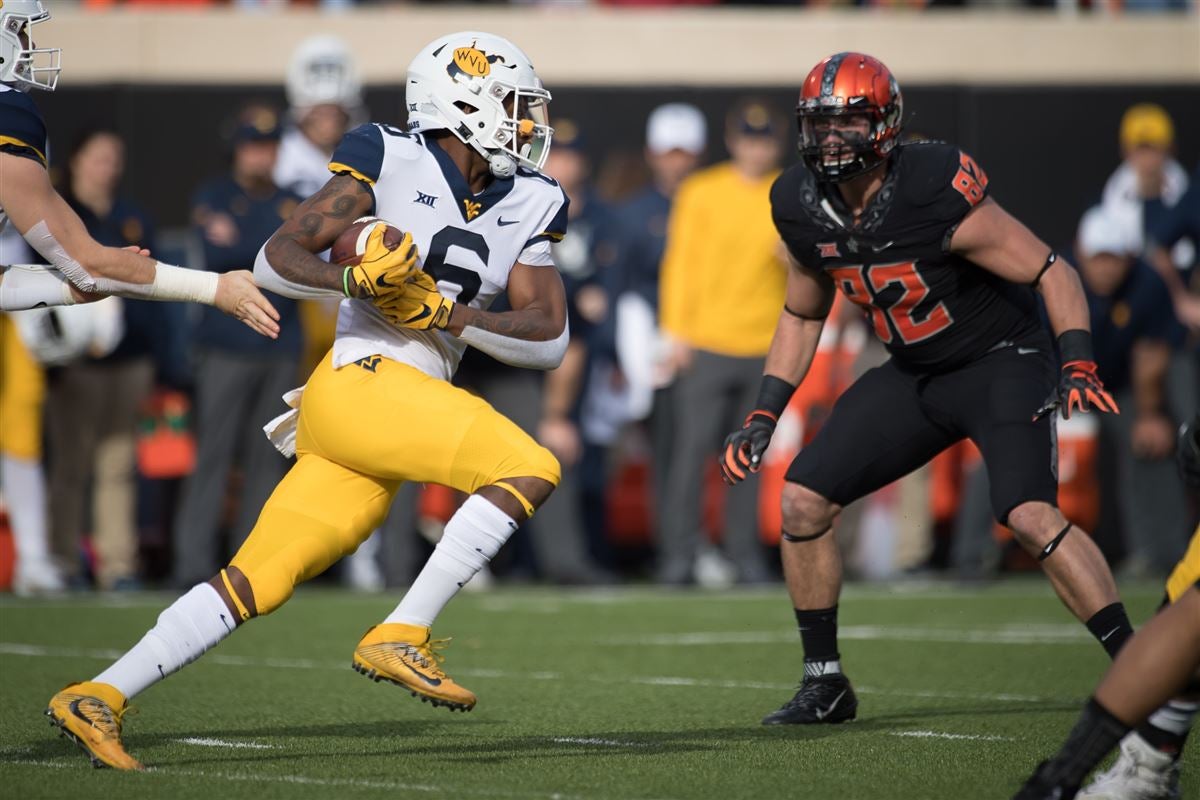

“There is, I think, probably a little bit of apprehension about scoring differential because theoretically it could contribute to running up the score,” Bowlsby said. Kansas State athletic director John Currie said Wednesday’s discussion of the tiebreaker format was “completely non-controversial,” but Bowlsby acknowledged the potential issue with using point differential. This is unlikely, but it seems less cinematic than the coin flip the SEC would use to determine a division champ if all its tiebreakers were exhausted. If all three teams amazingly had the same scoring differential, the champion would be determined by a drawing at the conference office. (And Oklahoma won it in real life by virtue of a higher BCS ranking because that was the system the Big 12 used at the time.) Now, it would be the conference title. Since Texas beat Oklahoma in Dallas, the Longhorns would have won the title. Texas Tech: Beat Texas 39–33, lost to Oklahoma 65–21 Texas: Beat Oklahoma 45–35, lost to Texas Tech 39–33. Oklahoma: Lost to Texas 45–35, beat Texas Tech 65–21 So here’s how the math would have worked in 2008. Then the winner of the head-to-head matchup between the remaining two teams will be determined the champion. The margins of victory and defeat will be combined to eliminate the third team.

In that scenario, the league will bring in the tiebreaker that has the potential for the most controversy: point differential. Their only losses came against each other. It's also possible that one team does not sweep the other two and the tied teams all have identical records against the other conference opponents, such as what happened in 2008 when Oklahoma, Texas and Texas Tech all went 11–1 and 7–1 in Big 12 play. Oklahoma would win the league by virtue of its win against Texas. Oklahoma beat Baylor and Texas but lost to TCU and Texas Tech. TCU beat Oklahoma but lost to Baylor and Texas. Baylor beat TCU and lost to Oklahoma and Texas.

Let’s say that Texas finishes with the next best league record at 6–3. For example, Baylor, TCU and Oklahoma might finish 7–2 in the league. If no team has a better record in games against the other tied teams, the teams' records against the next best teams will be compared. “We don’t want to be different in two ways,” Bowlsby said. The Big 12 will remain the only Power Five league without a conference title game, but it will definitively crown a champion each year. The CFP selection committee guidelines state that a conference championship is a key criterion in selecting the teams, and it was unclear whether Baylor and TCU were harmed by the Big 12’s refusal to declare a champion. After both teams were left out of the College Football Playoff, conference leaders began discussing potential tiebreakers. Last year, Baylor and TCU shared the title after each went 8–1 in conference play, even though the Bears defeated the Horned Frogs on Oct. “One trophy,” Big 12 commissioner Bob Bowlsby said Wednesday.īig 12 athletic directors and coaches voted unanimously to approve a system of tiebreakers that will give the conference a definitive champion. PHOENIX - The league that touted “One True Champion” before the season in which it crowned two champions will save money on football trophies starting this year.


 0 kommentar(er)
0 kommentar(er)
